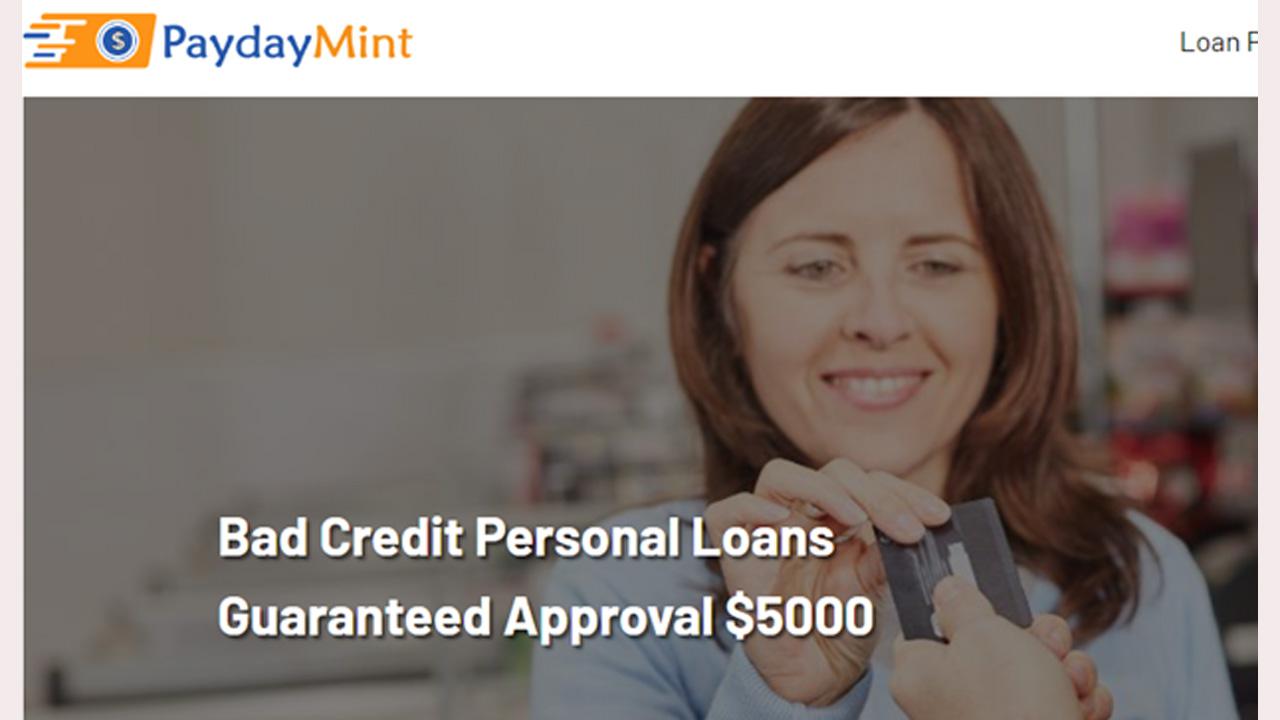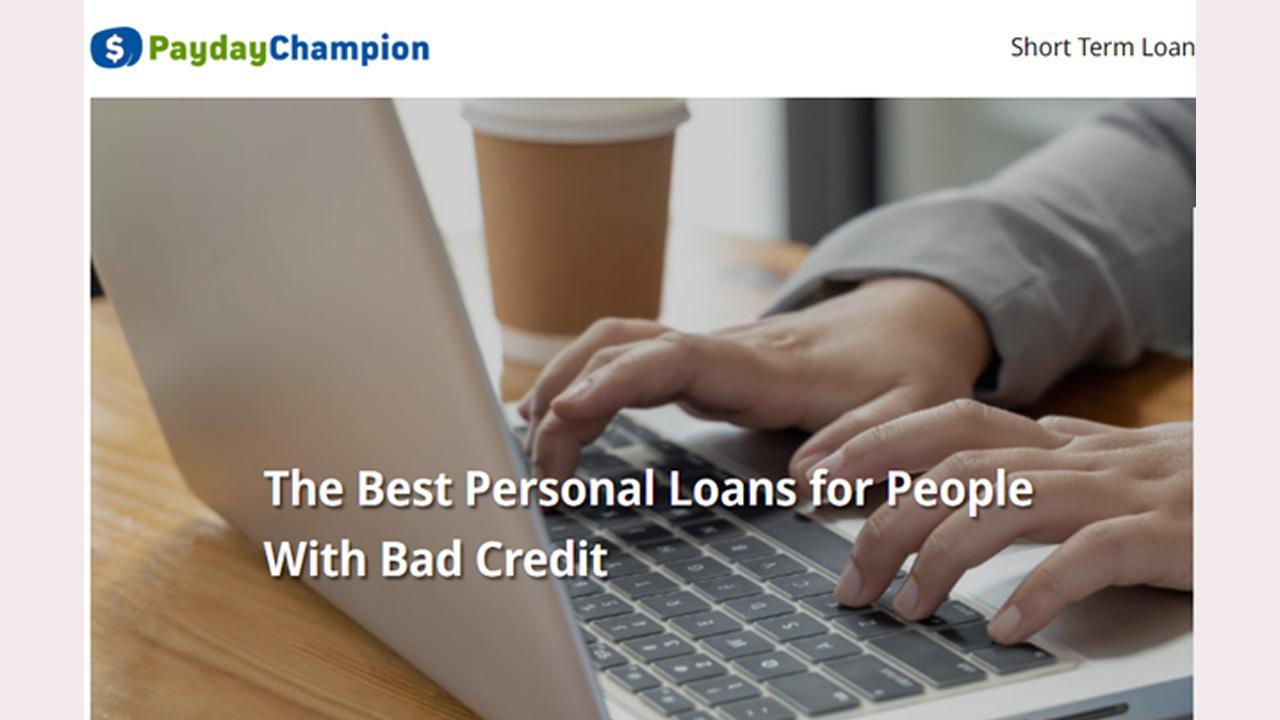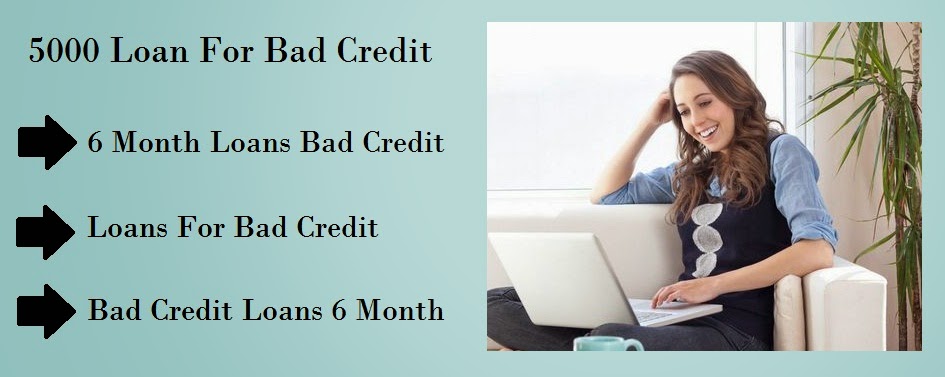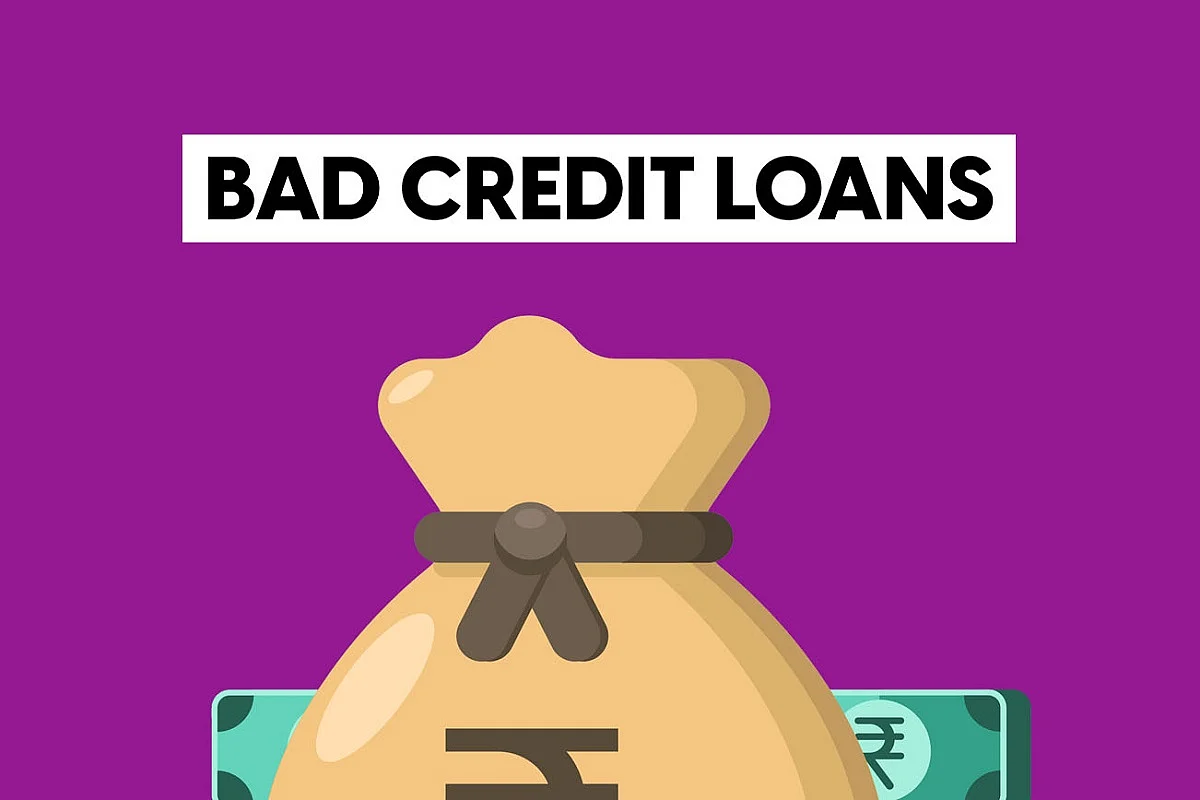5000 Dollar Loans For Bad Credit
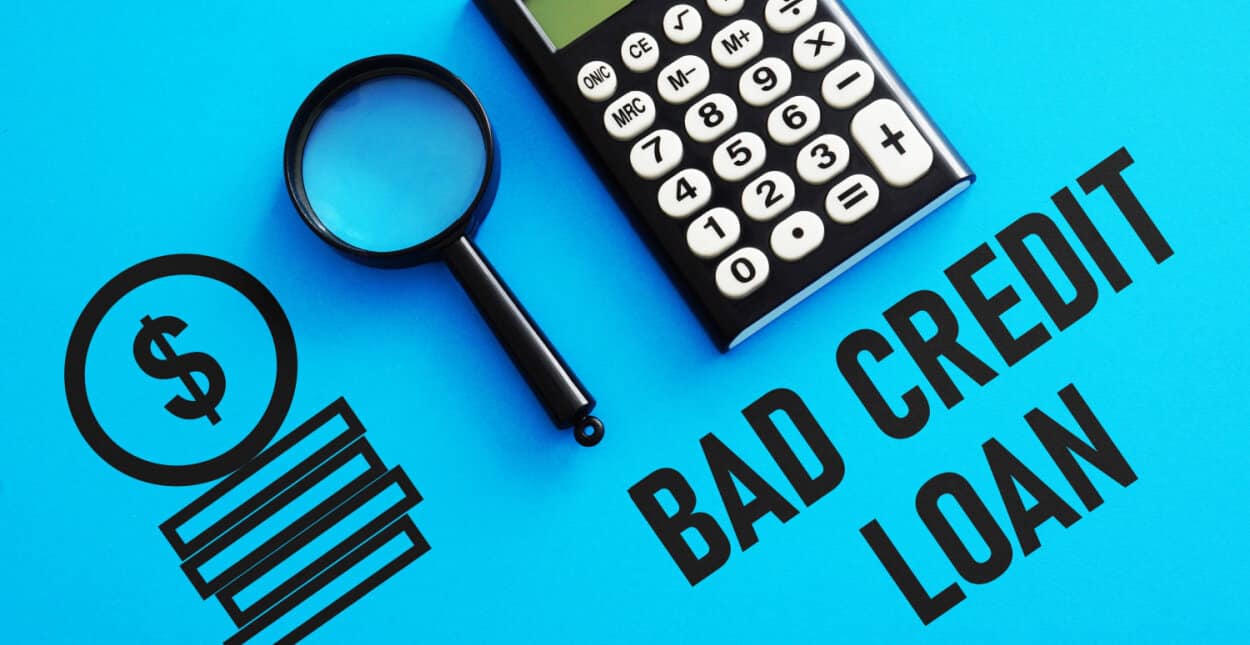
Imagine Sarah, a single mother juggling two jobs and a mountain of bills. Her old car, a lifeline to work and her daughter's school, finally sputtered its last breath. The repair estimate? A heartbreaking $5,000. Sarah, like millions of Americans, has a less-than-perfect credit score, a constant barrier to financial stability.
This is where the conversation about $5,000 loans for bad credit enters the picture. While not a magic bullet, these loans can offer a crucial lifeline for individuals facing unexpected expenses or needing to consolidate debt, despite their credit challenges. Understanding the landscape, the risks, and the responsible options is essential before taking the plunge.
The Landscape of Bad Credit Loans
The reality is that traditional banks often shy away from lending to individuals with low credit scores. This is because a lower credit score signals a higher risk of default to these institutions.
This reluctance has paved the way for alternative lenders, including online platforms and credit unions with specialized programs. These institutions are often more willing to consider factors beyond a credit score, such as employment history and income stability.
What is "Bad Credit" Anyway?
Credit scores, typically ranging from 300 to 850, are numerical representations of your creditworthiness. They are calculated based on your payment history, amounts owed, length of credit history, credit mix, and new credit.
Generally, a score below 630 is considered "bad" or "poor." Scores between 630 and 689 are considered "fair," while those above 690 are generally seen as good or excellent.
However, the specific definition of "bad credit" can vary slightly depending on the lender. Some might consider a score below 600 as a significant risk, while others might be more lenient.
Understanding the Interest Rates and Fees
One of the most significant differences between loans for individuals with good credit and those with bad credit is the interest rate. Because lenders perceive these loans as riskier, they typically charge higher interest rates to compensate.
These rates can range from a few percentage points higher to significantly more, depending on the lender and the borrower's individual circumstances. Beyond interest rates, borrowers should also be aware of potential fees.
These can include origination fees (a one-time charge for processing the loan), late payment fees, and prepayment penalties (fees for paying off the loan early). Always read the fine print!
Exploring the Types of $5,000 Loans
Several types of loans are available to individuals with bad credit, each with its own pros and cons. It's essential to understand these options before committing to a loan.
Personal Loans
Personal loans are typically unsecured, meaning they don't require collateral like a car or a house. The loan amount is based on the borrower's creditworthiness, income, and other factors.
For borrowers with bad credit, personal loans from online lenders or credit unions might be an option. These loans often come with higher interest rates but can provide a lump sum of cash for various purposes.
Secured Loans
Secured loans require the borrower to put up collateral, which the lender can seize if the borrower defaults on the loan. Common forms of collateral include cars, homes, or savings accounts.
While secured loans typically have lower interest rates than unsecured loans, they also carry the risk of losing the collateral if the borrower cannot repay the debt. Proceed with caution!
Credit Union Loans
Credit unions are non-profit financial institutions that often offer more favorable terms to their members than traditional banks or online lenders. Some credit unions have specialized programs for individuals with bad credit.
Membership requirements may apply, but the potential benefits, such as lower interest rates and more flexible repayment options, can be significant.
Payday Loans and Title Loans: Proceed with Extreme Caution
Payday loans and title loans are short-term, high-interest loans that are often marketed to individuals with bad credit. However, these loans can be incredibly predatory and trap borrowers in a cycle of debt.
Interest rates on payday loans can be astronomically high, sometimes exceeding 400% APR (Annual Percentage Rate). Title loans, which require the borrower to put up their car as collateral, can lead to vehicle repossession if the borrower defaults.
These options should be considered as a last resort, and only after exploring all other possibilities. Seek advice from a financial counselor if you're considering these loans.
Responsible Borrowing: A Checklist
Taking out a loan, especially with bad credit, requires careful consideration and planning. Here's a checklist for responsible borrowing:
- Assess Your Needs: Do you really need the loan, or are there alternative solutions?
- Check Your Credit Report: Understand your credit score and identify any errors. You can get a free credit report from AnnualCreditReport.com.
- Shop Around: Compare interest rates, fees, and repayment terms from multiple lenders.
- Read the Fine Print: Understand all the terms and conditions of the loan before signing anything.
- Create a Budget: Ensure you can afford the monthly payments without jeopardizing your financial stability.
- Consider Credit Counseling: Nonprofit credit counseling agencies can provide valuable guidance and resources.
Improving Your Credit Score
While a $5,000 loan might provide immediate relief, it's also crucial to focus on improving your credit score in the long run. A better credit score will unlock access to more favorable financial products and services.
Several strategies can help improve your credit score over time. These strategies include paying bills on time, reducing your credit card balances, and disputing any errors on your credit report.
Consider a secured credit card, which requires a cash deposit as collateral. Using the card responsibly and paying off the balance each month can help rebuild your credit.
Seeking Alternatives
Before taking out a loan, it's worth exploring alternative solutions to address your financial needs. These alternatives might include:
- Negotiating with Creditors: See if you can negotiate lower interest rates or payment plans with your existing creditors.
- Seeking Assistance Programs: Explore government or nonprofit programs that offer financial assistance for specific needs.
- Selling Unused Items: Consider selling items you no longer need to generate extra income.
- Borrowing from Friends or Family: If possible, consider borrowing money from trusted friends or family members. Make sure to create a clear repayment plan.
Remember, taking out a loan is a serious decision with long-term consequences. Consider all your options carefully and seek advice from a financial professional if needed.
The Future of Lending for Bad Credit
The lending landscape is constantly evolving, with new technologies and platforms emerging to serve individuals with bad credit. Fintech companies are leveraging data analytics and artificial intelligence to assess risk more accurately and offer more personalized loan products.
As the demand for accessible and affordable credit continues to grow, we can expect to see further innovation in this space. However, it's crucial to remain vigilant and protect consumers from predatory lending practices.
A Parting Thought
For Sarah, navigating the world of bad credit loans might feel daunting. However, with careful research, responsible planning, and a commitment to improving her financial situation, she can find a solution that works for her. It's about empowerment, not just access to money. It's about finding a pathway to a more secure financial future.
And for all those in similar situations, remember: you are not alone. Resources and support are available to help you navigate these challenges and build a brighter financial future. Knowledge is power, and responsible borrowing is a step towards financial freedom.

